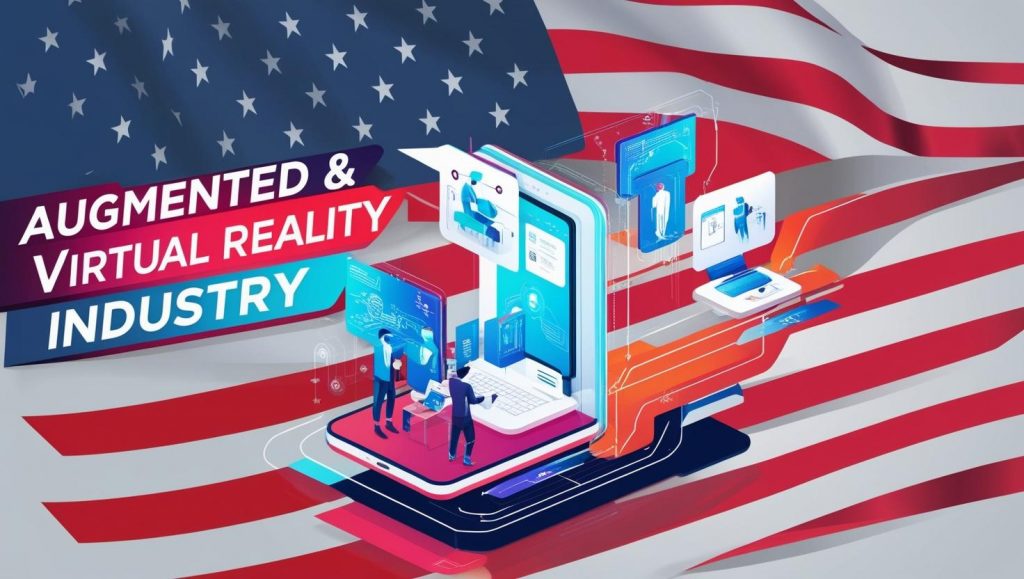The trade policies implemented during President Donald Trump’s administration, particularly the trade war with China, have had significant and lasting effects on the global Augmented Reality (AR) and Virtual Reality (VR) markets. These policies introduced tariffs and investment restrictions that disrupted supply chains, hindered cross-border investments, and contributed to market volatility, all of which have influenced the trajectory of AR/VR industries worldwide.
Disruption of Supply Chains
The imposition of tariffs on Chinese goods disrupted established supply chains critical to AR/VR hardware production. Many AR/VR devices rely on components manufactured in China, and the increased costs due to tariffs led companies to reevaluate their manufacturing strategies. This disruption forced some firms to seek alternative suppliers or consider relocating production facilities, resulting in increased operational costs and delays in product development.
Book Your “Trump Tariff Threat Assessment”
https://www.marketsandmarkets.com/pdfdownloadNew.asp?id=1185
Impact on Investments and Startups
The trade tensions also affected investment flows, particularly from Chinese investors into U.S. technology startups. For instance, in 2018, augmented reality startup Meta Co. was on the verge of securing funds from Chinese backers when the lead investor froze the deal at the behest of a Chinese official citing the trade war. This incident highlighted how geopolitical tensions can directly impact startup financing and innovation in the AR sector.
Market Volatility and Economic Uncertainty
The broader economic uncertainty stemming from the trade war contributed to market volatility, affecting investor confidence and consumer spending. In April 2025, global markets experienced extreme fluctuations, with the S&P 500 briefly entering bear-market territory following significant drops. Investor desperation amid a three-day selloff was evident, reflecting the broader economic instability.
Decline in AR/VR Shipments
The compounded effects of disrupted supply chains, reduced investments, and economic uncertainty led to a decline in AR/VR shipments, particularly in key markets like China. In the first half of 2023, China’s VR market experienced a significant downturn, with shipments dropping by 56% year-on-year, a steeper decline than the global market’s 39% drop in the same period. Factors contributing to this decline included scaled-back marketing efforts by leading players and a lack of compelling applications and content ecosystems.
Strategic Responses and Industry Outlook
In response to these challenges, companies have been exploring strategic partnerships and technological innovations to revitalize the AR/VR market. The anticipation of new products, such as Apple’s Vision Pro, has generated buzz in the industry, inspiring local companies to invest in research and development. Additionally, collaborations between tech giants aim to localize and integrate content ecosystems, potentially enhancing the adoption of AR/VR products in affected markets.
In conclusion, the trade war initiated during the Trump administration has had enduring impacts on the global AR/VR market, manifesting in disrupted supply chains, hindered investments, market volatility, and declining shipments. However, the industry’s strategic responses and ongoing technological advancements suggest potential pathways to recovery and growth in the evolving geopolitical landscape.

